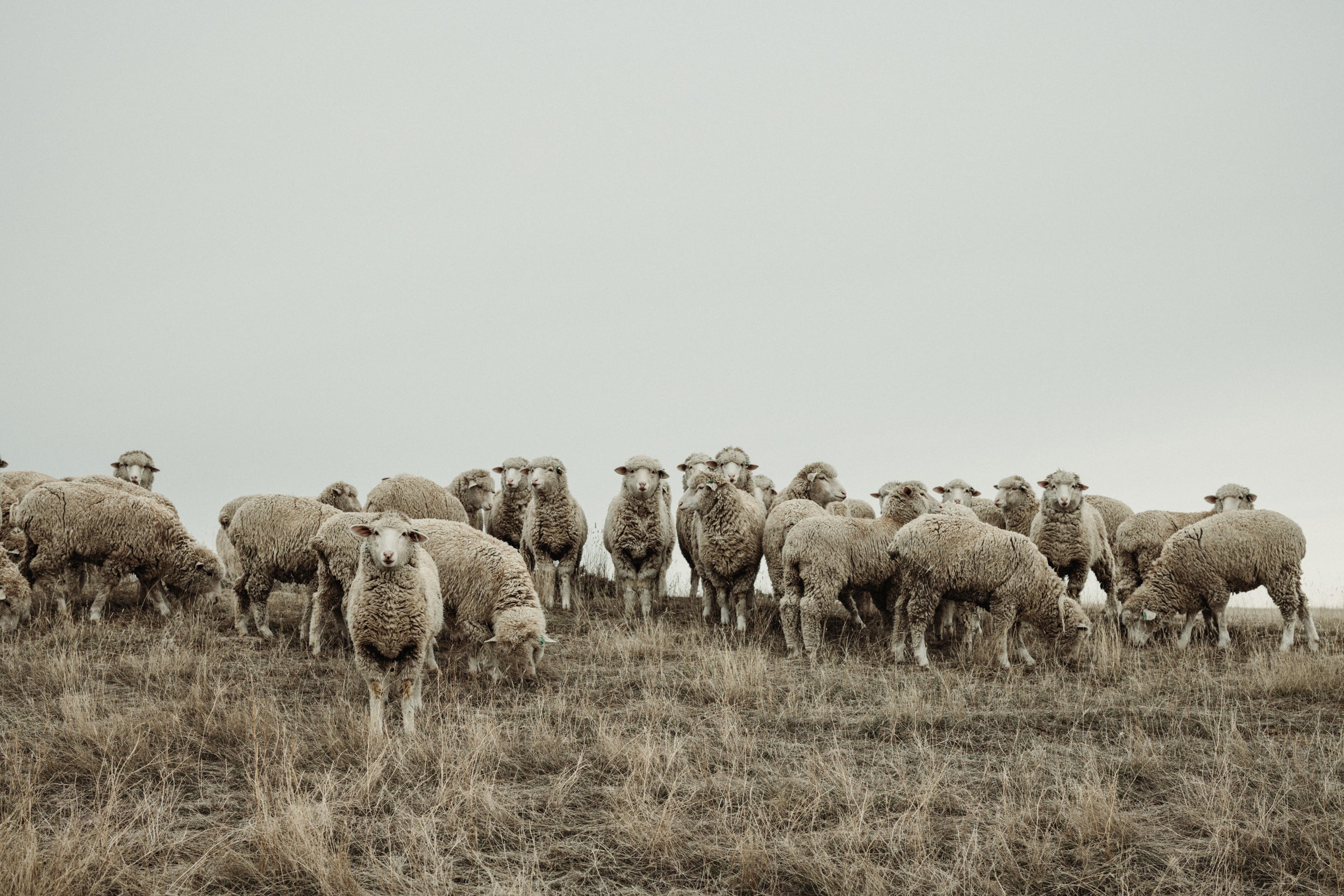Dyeing
There are several ways to apply dye to wool. And there are several types of dyes that can be applied.
This is a subject I don't know much about, but I am learning. And now that Littlewood has closed it's doors, I'll be learning more soon.
There are many factors that must be weighed in order to determine which method of dyeing will be used:
- What is the exact result desired?
- What type of equipment is available?
- How much do you want to spend?
- How much material needs to be dyed?
There are at least three types of dyes:
- Acid Dye: Woolrich did some acid-dyeing for us. Eventually I'll add here a little info about Acid Dyeing.
- Reactive Dye: Littlewood uses Reactive Dye, which people tell me gives a better result. But that's about all I can say right now.
- Botanical Dye: Made from plants but is not suitable for the amount of Fabric we make. Botanicals are also not as color-fast (they will fade too quickly) as we require. And botanicals cannot produce Black fabric. But I really like the idea of using dyes made strictly from plants, and I bet we will find a way to use them, at least for some small-run, specialized products
- And some of the dyes we could potentially use, such as for High-Visibility Blaze Orange, are not legal for use in the USA
There are different ways to apply the dye:
- In Piece Dyeing, entire bolts of fabric are dyed under heat and pressure in large pots. Piece Dyeing has some advantages of cost and scale, but can yield uneven results because it is difficult to get the dye to penetrate the entire bolt of fabric evenly
- In Yarn Dyeing, the dye is applied after the yarn is spun but before the yarn is woven into Fabric. Yarn dyeing is more costly than Piece Dyeing but less costly than Stock Dyeing (below). Yarn dyeing will generally yield more consistent results than piece dyeing
- Stock Dyeing involves dyeing the clean wool fiber before it is spun into yarn. This is the method that generally produces the most consistent results. It's also the most expensive. Littlewood Dyers has been stock dyeing for us.
The method of dyeing chosen is an important consideration not just for the color of the fabric, but actually affects the methods by which the fabric will be finished. And "finishing" is a critical step that involves a lot of science AND art, and I need to do a page on finishing one of these days. I'll really need to sit, and tape, Advisor Rob Stuart and Giuseppe Monteleone, Plant Manager of AWC.
This page is pretty much just a draft at this point. I actually only put it together because I was updating our Production Backstory page and needed to explain why dyeing is now an issue for us.
Littlewood was devastated in Philadelphia's Hurricane Ida Floods of September 2021. And now that Littlewood has closed, we don't have anyone immediately available to do our Stock Dyeing.
On 25 October 2021, Giuseppe and I decided that even without Stock Dyeing, we can move forward on production of our Lynx Pattern (both Full- and MidWeight) Fabrics because a blending of shades is an important part of Lynx Pattern to begin with. But also, as usual, Nature's ways are intensely sophisticated. It may surprise some that each individual strand of fur of the pelt of a Lynx have different shades at different positions.

These variations in shading make the fur very beautiful and are another reason why the Lynx itself is so amazingly-well camouflaged in a wide variety of settings. And so if we have slightly different shades of the same basic color in our individual fibers, when woven together these subtleties will enhance the Lynx Pattern Fabrics.
30 October 2021 --- Ralph

